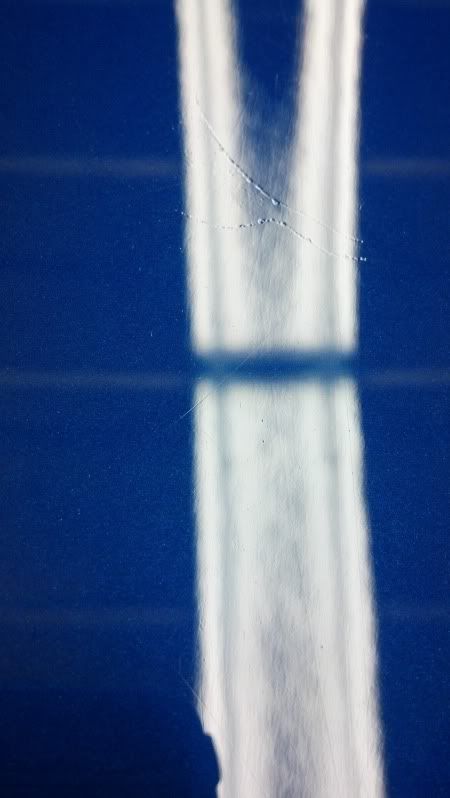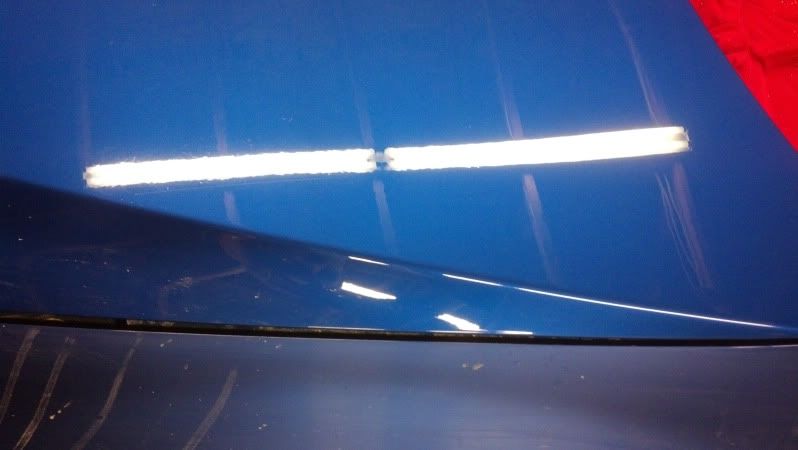RLucky82
New member
- Jan 3, 2013
- 249
- 0
reading through all of these wonderful articles is making my head spin and I am having difficulty addressing my specific problem.
Im having trouble removing these scratches , i resulted to wet sanding but created different scratches of lesser value using, 1500, 2000 then 3000 grit followed by severe swirl remover + green pad , swirl and haze remover + orange, white Adams polish. Is M105 more aggressive then Adam's green severe swirl and haze remover?
or do I just need to find better technique?


the scratches in the pictures are after I did 3 applications with severe swirl remover before moving on. So I decided since there are plenty of rock chips and more scratches that if I mess up with wet sanding it wont be the end of the world. After I used 1500, 2000, 3000 grit wet paper I still have similar roughness as what is seen in the top picture. I am using the Porter Cable to buff.
Thanks
Im having trouble removing these scratches , i resulted to wet sanding but created different scratches of lesser value using, 1500, 2000 then 3000 grit followed by severe swirl remover + green pad , swirl and haze remover + orange, white Adams polish. Is M105 more aggressive then Adam's green severe swirl and haze remover?
or do I just need to find better technique?


the scratches in the pictures are after I did 3 applications with severe swirl remover before moving on. So I decided since there are plenty of rock chips and more scratches that if I mess up with wet sanding it wont be the end of the world. After I used 1500, 2000, 3000 grit wet paper I still have similar roughness as what is seen in the top picture. I am using the Porter Cable to buff.
Thanks

